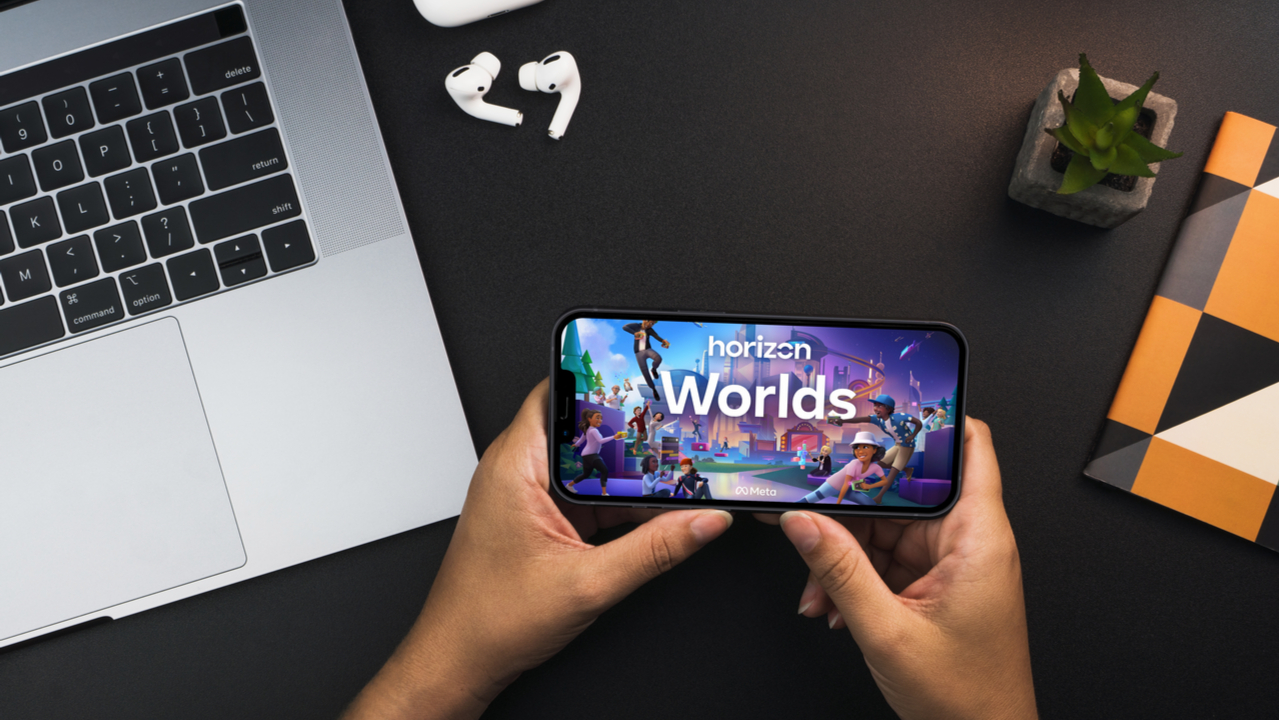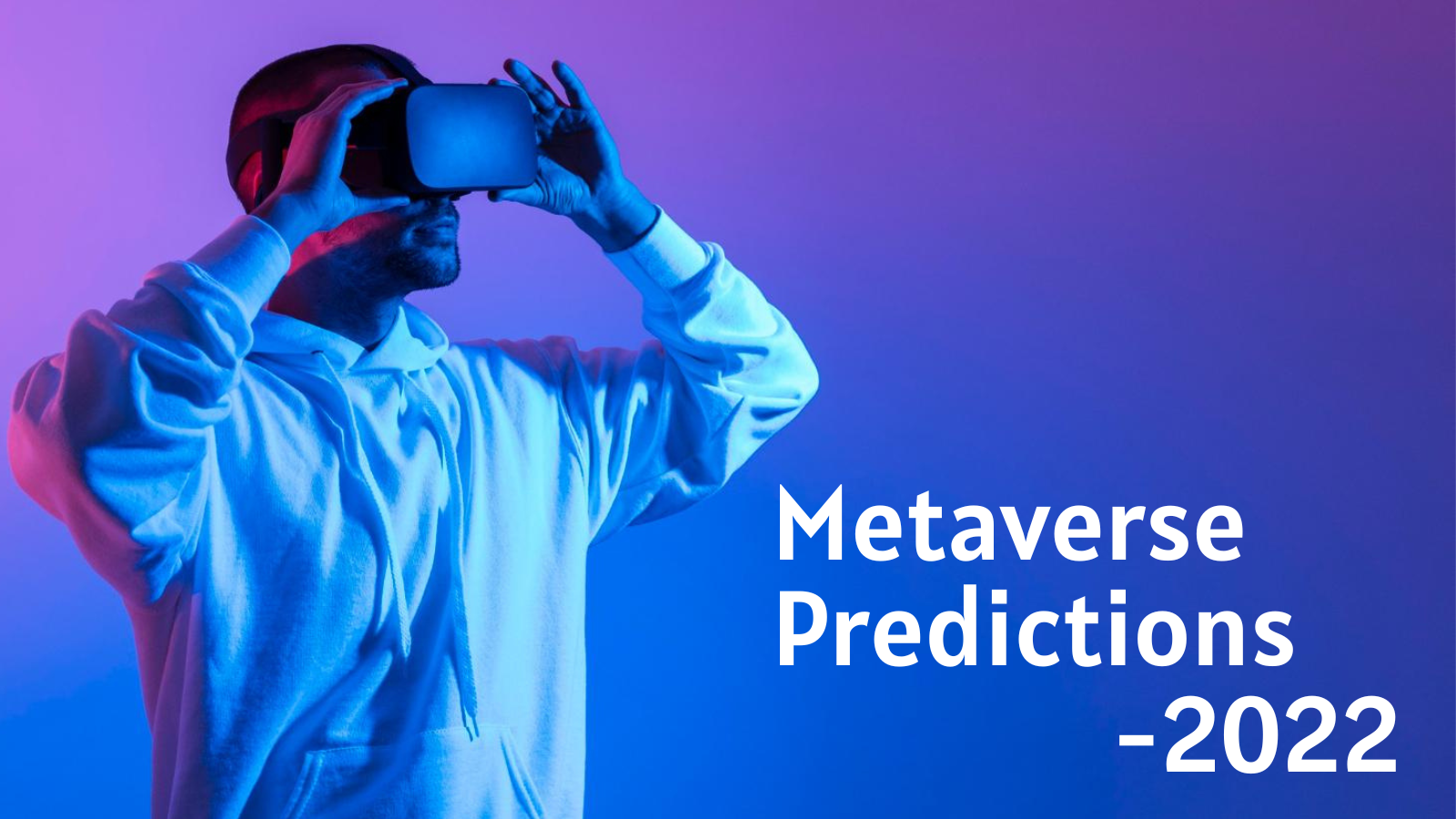Invictus NFT Lab Blazes Trail for a New Fine Art Paradigm
Invictus NFT Lab Blazes Trail for a New Fine Art Paradigm

 In our view, blockchain technology and non-fungible tokens (NFTs) present a perfect tool to revolutionize the traditional Fine Art industry, to the benefit of both artists and collectors. With this in mind, the Invictus NFT Lab’s inaugural Out of Africa collection aims to blaze the trail by facilitating, via the Ethereum blockchain, the sale of a professionally-curated collection of 118 unique physical artworks from Southern Africa’s top artistic talent.
In our view, blockchain technology and non-fungible tokens (NFTs) present a perfect tool to revolutionize the traditional Fine Art industry, to the benefit of both artists and collectors. With this in mind, the Invictus NFT Lab’s inaugural Out of Africa collection aims to blaze the trail by facilitating, via the Ethereum blockchain, the sale of a professionally-curated collection of 118 unique physical artworks from Southern Africa’s top artistic talent.
Throughout history, major socioeconomic change has largely only taken place as new generations displace older generations that are more set in their ways. Often these changes are necessitated or enabled by technological development. For Millenials and Gen Z, growing up in a period that has seen computers, the internet and smartphones revolutionize our way of life has left these generations to look with skepticism at many traditional institutions that have failed to adapt.
The world of Fine Art is a sphere that is dangerously at risk of falling behind. A static business model unchanged in decades passes on significant middleman costs — hampering the market’s ability to attract new demand, ultimately resulting in unfulfilled artistic potential.
A generational divide
Around the world, younger generations currently control a tiny share of global wealth — with the Baby Boomer generation controlling over half of all wealth in the US. This is set to change over the coming decades wealth is passed on to the younger generations via inheritance.
When we consider that:
- The younger generations are familiar with ascribing value to assets for collectible value and exclusivity — as evidenced by crazes around collectibles such as rare Pokemon cards and purely cosmetic items in online games that fetch astronomic prices.
- These generations are far more comfortable with new online technology, including cryptocurrencies and NFTs, than their parents.
It becomes clear to see that much of this wealth will find its way into this new class of digital assets.
Blockchain brings benefits
Up until now, the NFT industry has tapped into a relatively niche sphere of demand for digital art and collections of generative NFT avatars, such as CryptoPunks or Bored Apes. However, adopting NFTs to serve as transferable certificates of ownership for physical Fine Art can provide key benefits for both artists and collectors. This is the approach we are taking with the Out of Africa collection.
The first improvement relates to driving down costs and improving industry efficiency. Galleries and auction houses provide valuable services to industry participants, however, these premium businesses come with high overheads — necessitating large middlemen costs on art transactions. These are often charged to both the purchaser and seller. Delivery costs can also add to a buyers’ final price — even if the artwork is purchased as an investment, with no desire to display the art.
Blockchain provides an opportunity to aggressively drive down these costs, while preserving sufficient margins for traditional galleries and auction houses to continue operating. For secondary market sales of NFTs in the Out of Africa collection, a total of 10% of the sales price is taken by the protocol, however, instead of finding its way into the sales platforms’ hands, the distribution is far more equitable — with the community and artists sharing in these spoils. Taking delivery is also not required if you’re holding the NFT purely as a speculative investment, and the NFT can be sold on to a new owner who can then elect to take delivery (or not).
What's Your Reaction?

















